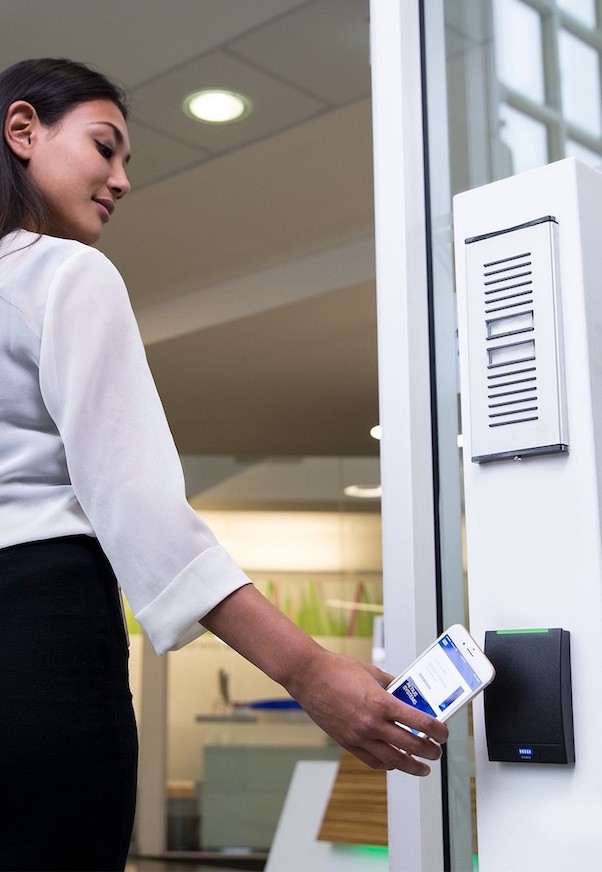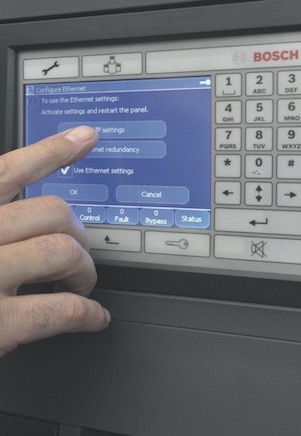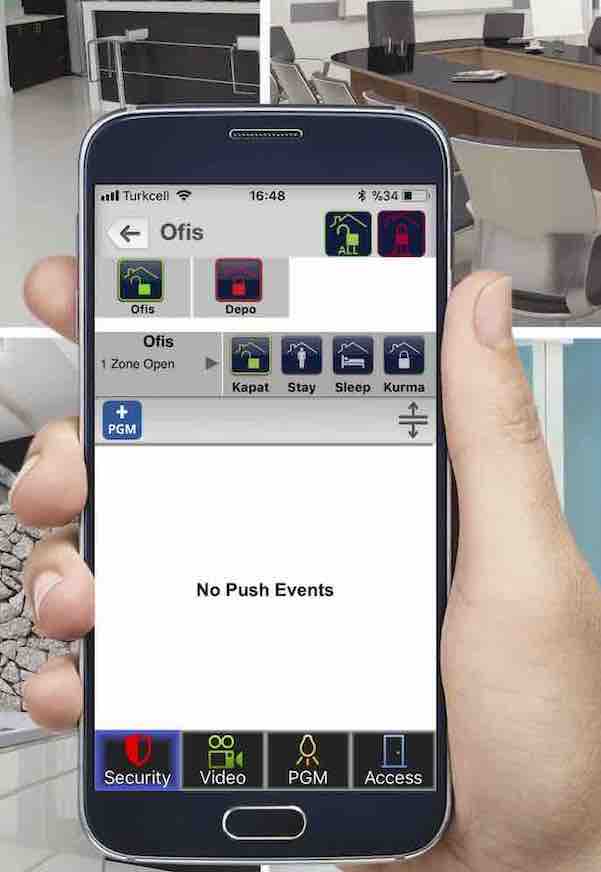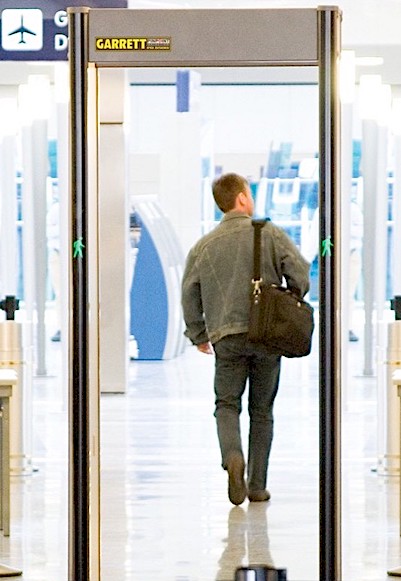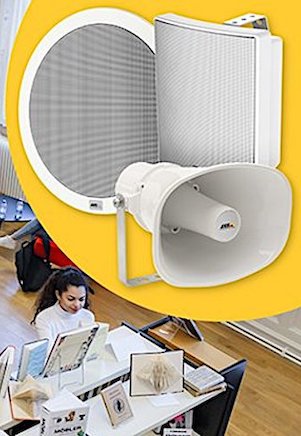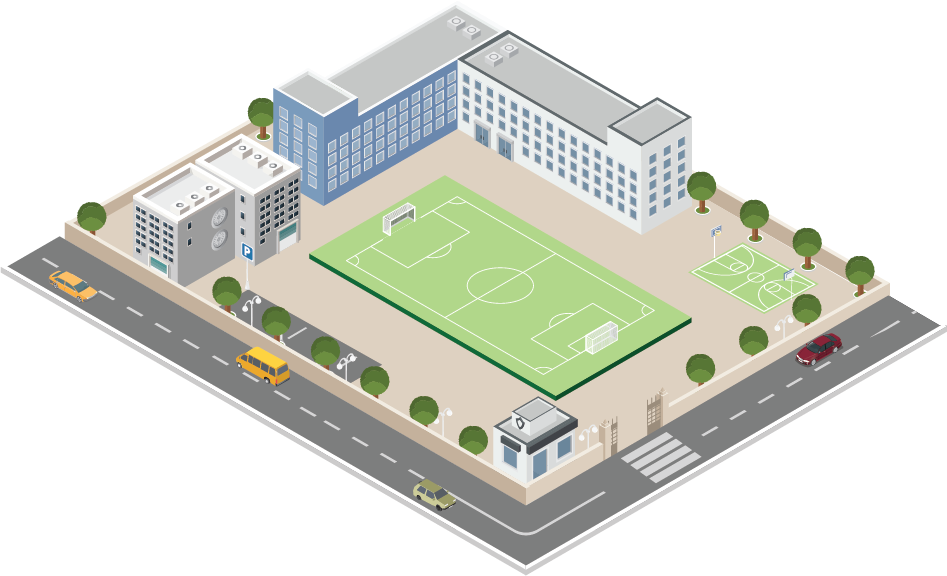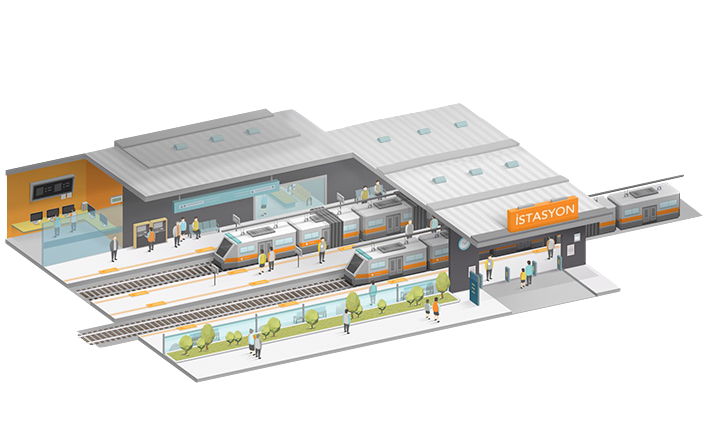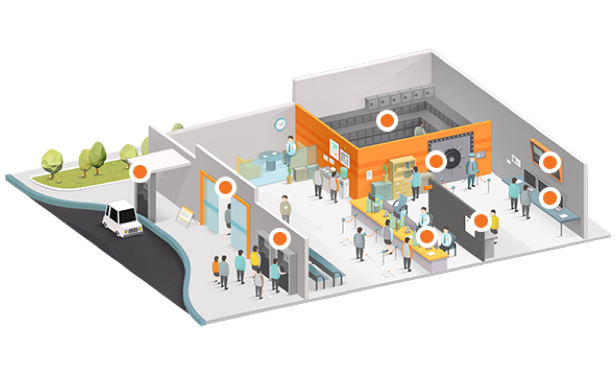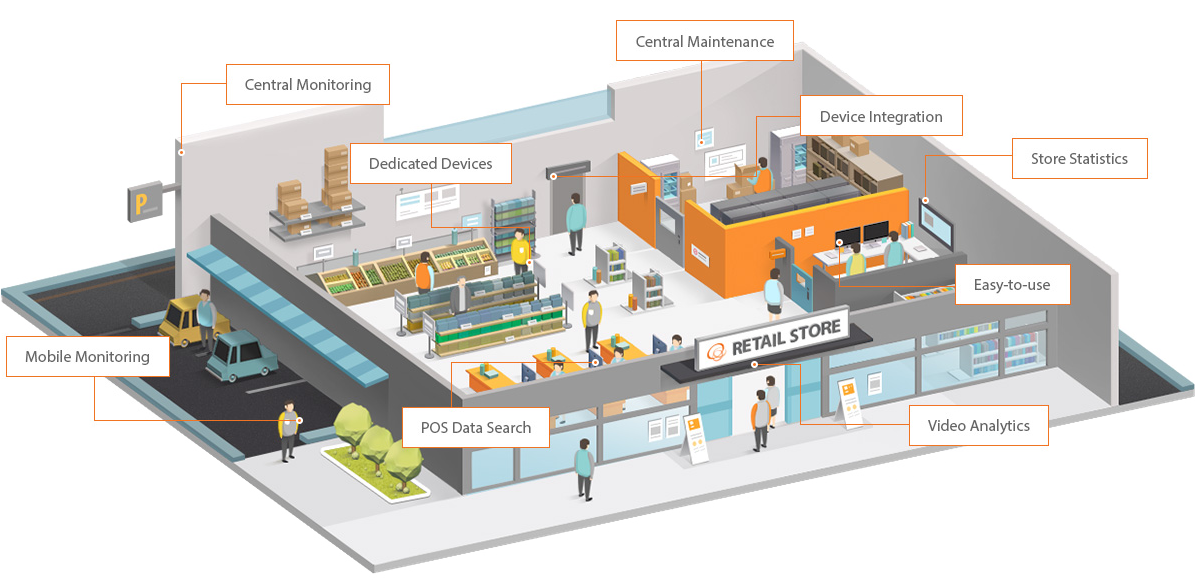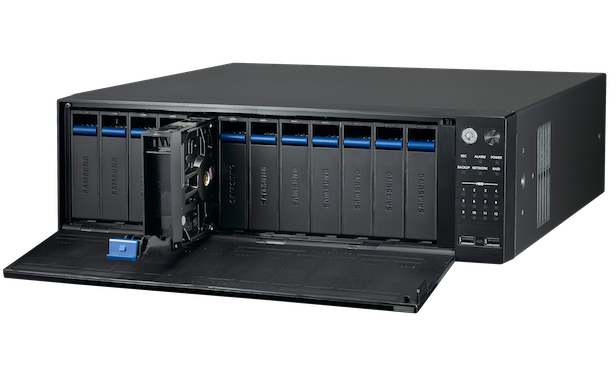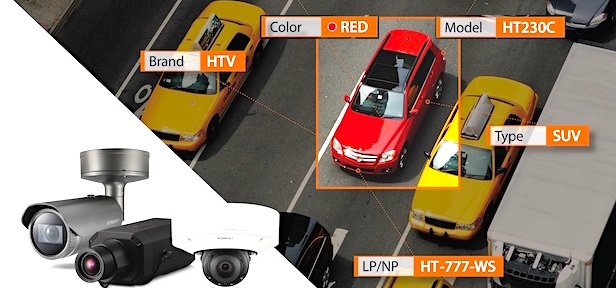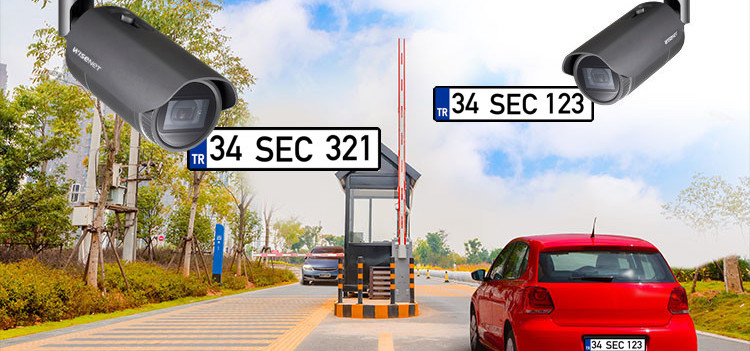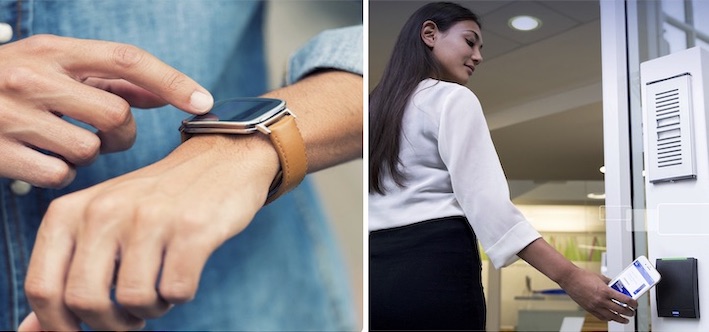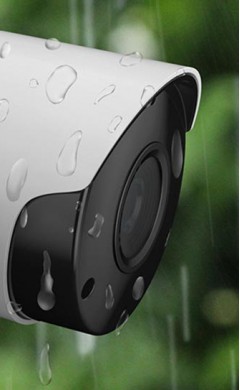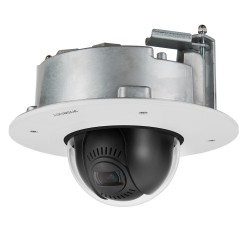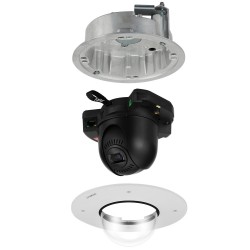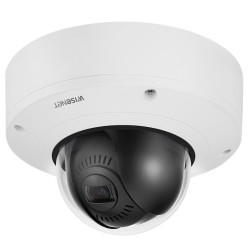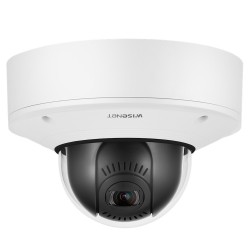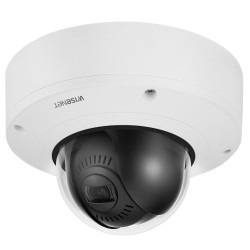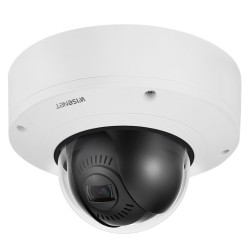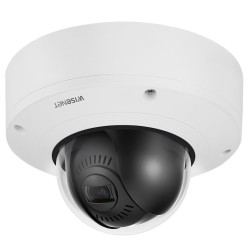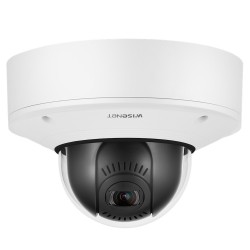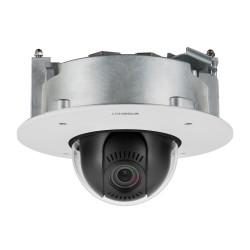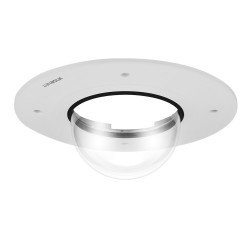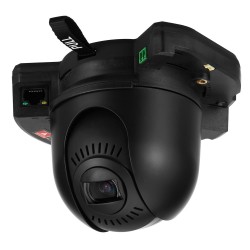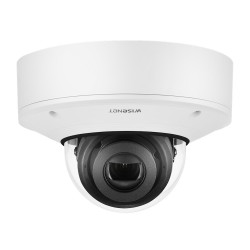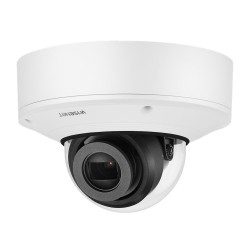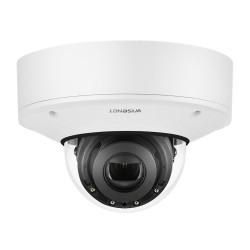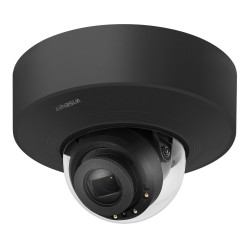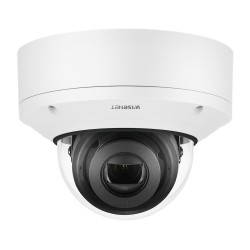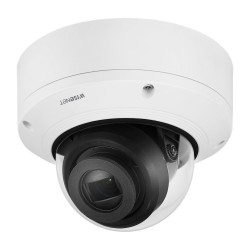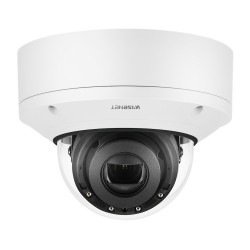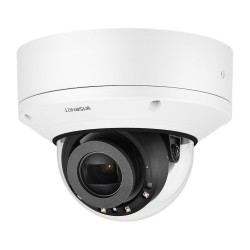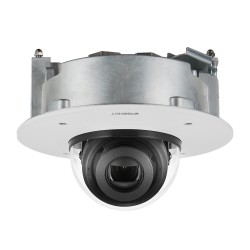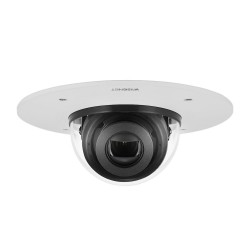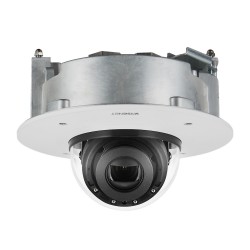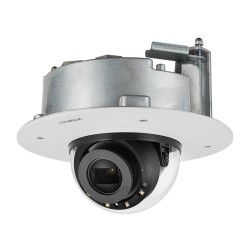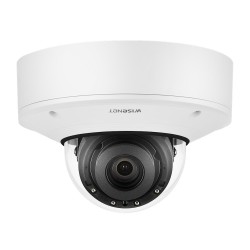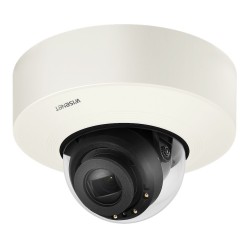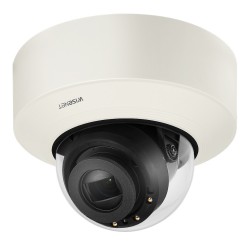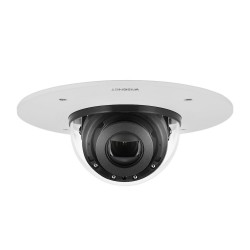Wisenet X Plus Series: Easy Installation

There is no setup that goes 100 percent trouble-free in the video surveillance area. Unexpected problems can routinely work, cost the project and cause frustration. Manufacturers work on the product side to ensure easy installation of their products and should be flexible enough to enable installers to quickly find a solution - when difficult situations arise.
Importance of Ease of Installation
Ease of installation for the system installer is a very important part of the job. Because the cost of labor is variable and can be very expensive. In some cases, the cost of installing a camera worker may be higher than the cost of the camera! If labor costs are high - or more expensive than a planned system installer - it can result in a large amount of cost in a project.
If a cautious system installer has a very high estimate of labor for a project proposal, the overall proposal will be high and may cause him to lose the job. The easier the camera is installed, the lower the labor cost, resulting in greater savings for end users. It is therefore important that camera manufacturers develop easy-to-install or flexible products for system installers and configurators who know that time is money.
Simplifying Camera Mounting
The modular structure of the camera allows easy installation by attaching a network cable and fitting the magnet body.
Camera setup typically includes an electrician, camera installer, and person who configured the VMS (Video Management System). Of course, a person can assume all three roles, and in most cases this is the case. However, corporate projects can include dozens, hundreds or even thousands of cameras waiting for installers.
The electrician prepares a wiring with electrical or PoE (Power over Ethernet) connection to the body or back plate of the camera; the installer then installs the camera in that location and connects it to the power source, and then adds cameras and makes adjustments to a configurator network (such as renaming the camera, adjusting the frame rate, enabling WDR (Wide Dynamic Range), and so on).
When there is a project involving different players for any of these functions, there is a bottleneck and latency potential at the end of the project. And if one system contractor pays an electrician, installer, and software builder all of them will wait for the other to finish, this is the worst scenario for a system contractor.
Modular Camera Development
Hanwha Techwin produces products that take into account the different roles of the electrician, installer, and configurator, allowing them to complete their tasks independently. Focusing on a modular design with a USB wireless adapter (USB dongle), a device manager, magnetic module and appropriate accessories, the Wisenet X Plus Series is one of the fastest, easy-to-install, time-saving cameras.
The Wisenet X Plus Series cameras feature a detachable camera module that uses magnets to instantly mount and secure to the body. Plumbers can connect the cable to the backplate / housing with a single PoE connection. Allows the installer to snap the camera into place within minutes. The VYS configurator can then come and add the cameras to the network and program their functions.
Modular Cameras Offer Flexibility
The end user may think that after the camera has been installed, that there is not enough pixels from the area being viewed, or that the camera may need certain functions, such as video decoding, which results in time-consuming replacement of the entire camera.
With modular design cameras, the camera module can be replaced with a new one without having to deal with focus and direction adjustments - to change the resolution or field of view, the Wisenet X Plus Series has optional PTRZ modules that can be remotely adjusted to the field of view and camera view.
It's now easier and safer to set up cameras in the field.
It is known that electrical fitters work with a laptop on a ladder to access the network and to adjust the viewpoint of the camera. Or they have to use the analog video output on a separate monitor with no megapixel quality.

The installer can set up the camera via a smartphone using a USB wireless adapter (dongle).
The Wisenet X Plus Series cameras have a USB port that allows installers to connect the camera to a wireless access point and connect a small wireless adapter. Via a smartphone, you can wirelessly view full and unclipped quality video directly. This function is important in eliminating the second person who guides the installer from the mobile phone and looks for live images on the computer to correctly orient the camera to the correct location.

The network cable can be plugged in without removing the cameras from the box.
If system installers can do some preliminary work before they go on site, it can reduce cost and increase productivity. Imagine you're ready to send 300 cameras to a project. To configure these cameras, a system installer must remove each camera from the box, connect each to a network switch, configure it, remove it from the switch, and put it back in the box. To improve this process, camera manufacturers have developed packages that provide access to the network port of the camera without taking it out of the box. An innovative time-saving solution.
Role of Software in Facilitating Installation
Software, whether single or an electrician, installer, and configurator team, can dramatically reduce the load on the installation process. Device Manager is an important tool for adding multiple cameras to a project. This 300-camera project with a device manager software provided by the manufacturer provides great convenience.

Wisenet Device Manager can make simultaneous settings to all cameras in the network.
Adding 300 individual cameras is time-consuming and too many manual input errors. A device administrator should be able to scan the network, locate devices, group, configure, and more. With Wisenet Device Manager, all cameras can be set at the same time, firmware can be updated simultaneously, sequential IP addresses can be assigned, passwords can be changed at the same time, all settings can be applied at once.
Each video surveillance camera project will have ups and downs. However, camera manufacturers can undertake facilitation measures in the production process to address many elements that are known to slow progress. The modular camera design adds flexibility in the field, can really reduce installation costs and impress with its pioneering in manufacturing innovations such as accessible packaging that increases productivity.





